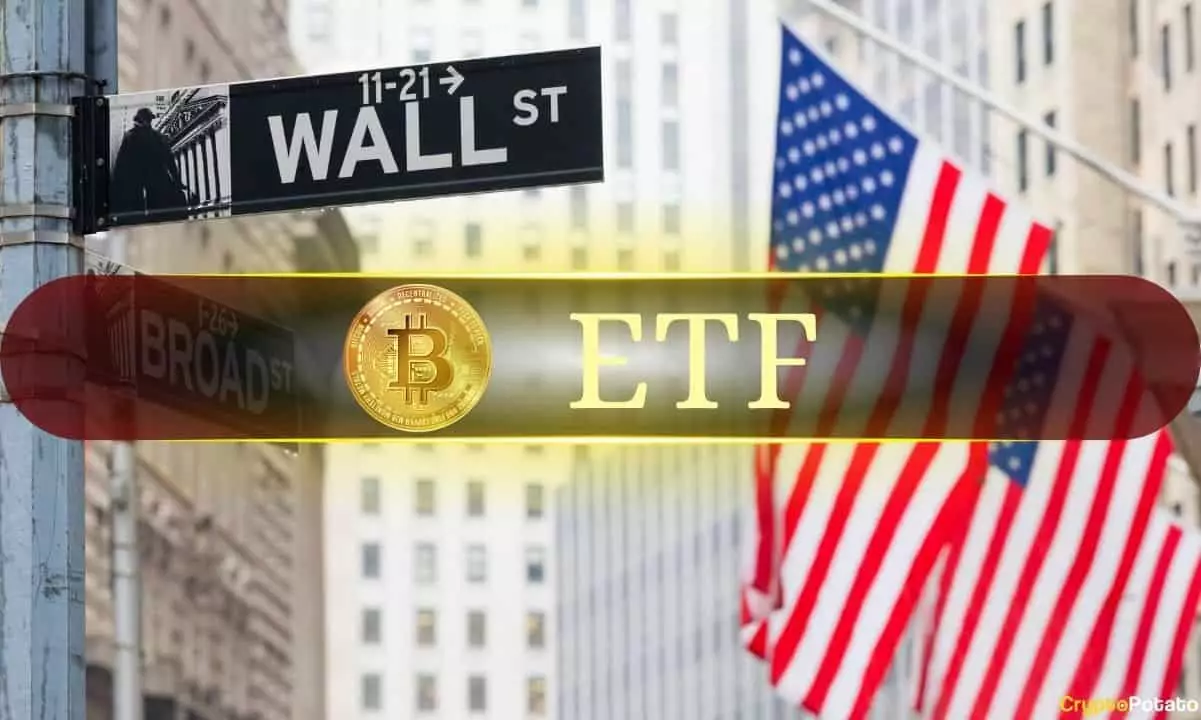The cryptocurrency landscape is notoriously volatile, and recent developments have cast a shadow over Bitcoin exchange-traded funds (ETFs) in the United States. Once viewed as a promising investment vehicle for mainstream investors, the enthusiasm surrounding Bitcoin ETFs appears to have waned significantly. Data indicates that February 2025 has been a particularly bleak month for these financial instruments, culminating in substantial withdrawals that have left the market analysts questioning the sustainability of Bitcoin’s popularity. This article delves into the current dynamics affecting Bitcoin ETFs, exploring the underlying factors leading to diminished demand.
In January 2025, the U.S. financial market witnessed a monumental moment with the launch of 11 spot Bitcoin ETFs. Investors flocked to these new opportunities, eager to leave behind the Grayscale Trust, which had served as a primary avenue for cryptocurrency exposure. The early months ushered in a wave of optimism, with many investing substantial sums into prominent funds such as BlackRock’s IBIT and Fidelity’s FBTC. This apparent bullish sentiment indicated a bright future for Bitcoin as a legitimate asset class within mainstream financial environments.
However, positive momentum, as seen in the last quarter of 2024, faced a striking reversal, particularly following the U.S. election cycle. The prospect of a more favorable regulatory framework initially reassured investors, but as the political climate grew more contentious—with President Trump’s controversial stances on several issues—the appetite for Bitcoin began to diminish. Increased legislative scrutiny and market uncertainty often lead to investor hesitancy, contributing to reduced inflows into ETFs.
By the time February rolled around, the euphoria surrounding Bitcoin ETFs had transformed into a stark reality check. Despite February’s historical position as a month characterized by positive price performances for Bitcoin, it has proven to be quite the opposite in 2025. With significant withdrawals dominating the narrative, the exchange-traded funds recorded merely four days of net inflows throughout the month, with considerable outflows overshadowing any signs of recovery.
The most alarming data point came on February 20, when a staggering $364.8 million exited the funds. Even IBIT, touted as the world’s largest Bitcoin ETF, could not escape the trend, experiencing withdrawals amounting to $112 million. Compounding these issues, since February 6, Bitcoin ETFs have faced a cumulative net outflow of $1.1 billion—the worst performance for these financial products since their introduction a year ago.
While Bitcoin ETFs suffer significant setbacks, it is crucial to also analyze the performance of Ethereum ETFs, which, while not unaffected, have fared relatively better during this period. After experiencing four consecutive days of net inflows earlier in the month, Ethereum ETFs recorded some withdrawals but not to the same extent as their Bitcoin counterparts. Despite an initial influx of $307.8 million into Ethereum products on February 4, the enthusiasm has dwindled markedly post that date.
Interestingly, the overall performance of Ethereum ETFs has exhibited resilience. They have seen only four days of negative inflow so far in February, suggesting that investor interest in Ethereum remains more robust than that in Bitcoin. Nevertheless, the slow trickle of new investments has raised concerns about a potential stagnation even in the once high-flying alternative cryptocurrency market.
As investor sentiment shifts amid political and economic changes, the demand for Bitcoin ETFs remains precarious. The drastic withdrawals observed in February 2025 are reflective of broader market anxieties surrounding Bitcoin’s valuation and regulatory scrutiny. In contrast, Ethereum maintains some positive momentum, although significant challenges lie ahead for both cryptocurrencies.
The market’s trajectory will likely depend on various factors, including evolving regulatory landscapes, macroeconomic conditions, and investor confidence. As the cryptocurrency market continues to mature, maintaining attention to emerging trends and investor sentiment will be vital for the future of Bitcoin and its associated ETFs. Stakeholders must grapple with the current environment and adapt their strategies accordingly to navigate this often tumultuous and unpredictable financial landscape.


Leave a Reply